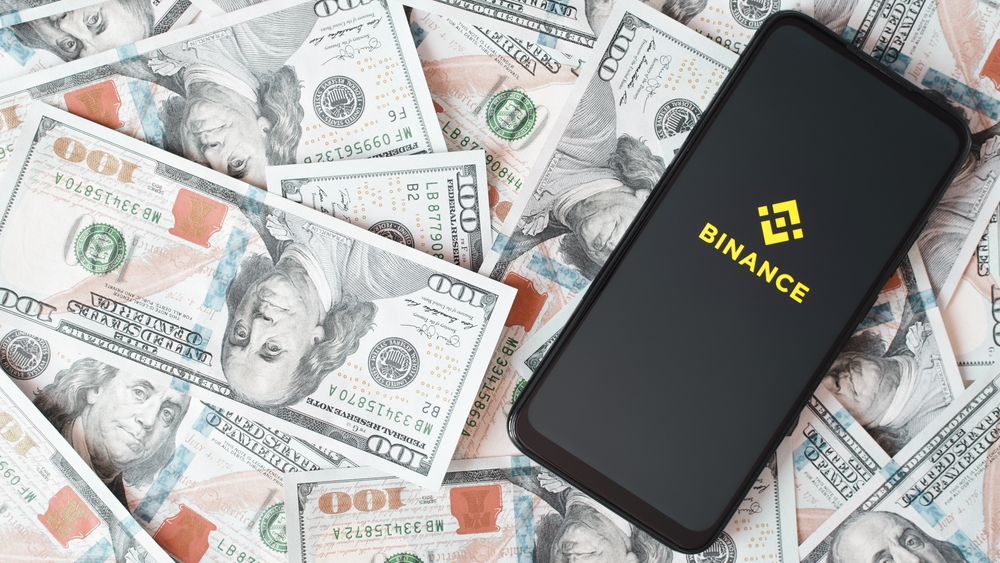The recent review regarding Binance Pay indicates widespread adoption across major markets. Since its establishment, Binance Pay has been accelerating growth in anticipation of crypto-based payments for daily goods and services purchases.
Binance Pay Attracts More Users in Africa, Asia and Eastern Europe Regions
Binance Pay is realizing increased utilization in African, Asian, and Eastern European markets. The region’s executive at Binance revealed that more users consider it a payment source for goods and services.
Binance’s head of business development Pakning Luk revealed in a recent interview that millions are transacting on the platform. In particular, he admitted that since its launch in 2021, the payment service had executed transactions for over 30 million users. Its increased utilization coincides with the increased onboarding of leading online merchant platforms.
Partnership With WooCommerce Expanding Binance Pay User Base
Luk disclosed that Binance Pay is set to attract increased usage as the payment service targets adding real-world retailers to the rail. The regional executive revealed that Binance Pay is adding WooCommerce as its strategic partnership.
Adding WooCommerce will expand the payment service reach, considering that 40% of global websites utilize the e-commerce plugin. Luk will facilitate cryptocurrency users to execute payments using 70 different tokens.
Luk disclosed that the partnership is connected to the merchant’s footprint served by WooCommerce, thus opening Binance Pay to increased businesses and customers. He identified that Binance Pay would eventually garner increased usage owing to the crypto-powered payments.
Online Shopping and Remittance Volume Driving Binance Pay Usage
Luk singled out the increased online shopping and remittance volume as a driving factor for higher usage in Eurasia, South Asia, and Africa, particularly within the Commonwealth of Independent States. He observed that more regional users are utilizing Business Pay to settle fees for car-hailing services. The firms accepting the crypto include Bolt, Grab, and Uber via the integration by leveraging the aggregator.
Luk admitted that Binance Pay utilizes aggregators as the infrastructure facilitating the service. In particular, he detailed that developers built the front end allowing users to book rides from Binance Pay, circumventing the use of car-hailing applications.
The Binance regional official demonstrated that the payment service has already gained prominent utilization in Ukraine. He noted that its footprint in Ukraine has been growing since the conflict outbreak. Its accomplishment involves the input of two leading merchant partnerships with Varus retain chain and WOG gas station.
Binance Pay Vision in Global Payment
Luk was noncommittal on whether the Binance Pay targets competing with global payment giant PayPal in the future. Instead, he reiterated that the Binance Pay service is oriented toward establishing partnerships and collaborating with industry participants.
Luk admitted the existence of suggestions to transform Binance Pay into a crypto-to-fiat on-ramp for services similar to Paypal. He indicated that such suggestions are viable to explore. He indicated the present version of Binance Pay involved a payment infrastructure similar to Via or Mastercard.
Luk envisioned that Binance Pay would welcome global payment players like PayPal to become its channel partners. He considers such collaboration strategic, particularly if they can aggregate various payment methods. He suggested that integrating crypto-related methods would expand the choices for end users and merchants when making payments.
Binance Pay Developers Prioritize Guaranteed Compliance
Luk emphasized that Binance Pay is built by a team of product developers focused on guaranteeing compliance. In the first quarter, he illustrated that the company has prioritized seeking licenses in various jurisdictions. Doing so is fundamental to learning and interacting with the standards set out in the regulations.
Luk acknowledged potential rivalry from existing payment operators such as PayPal. The American-based payment provider has recently introduced cryptocurrency services to acquire bitcoin and altcoins using fiat currencies.
The regional executive welcomed the increased regulatory scrutiny for operators within the digital assets industry. He considers such as necessarily following the sudden FTX collapse and other lending companies portraying wobbling performance.
